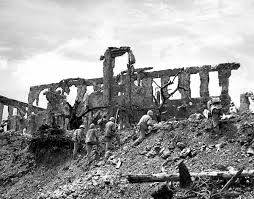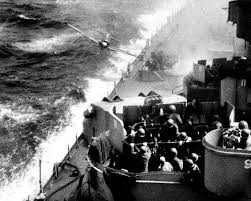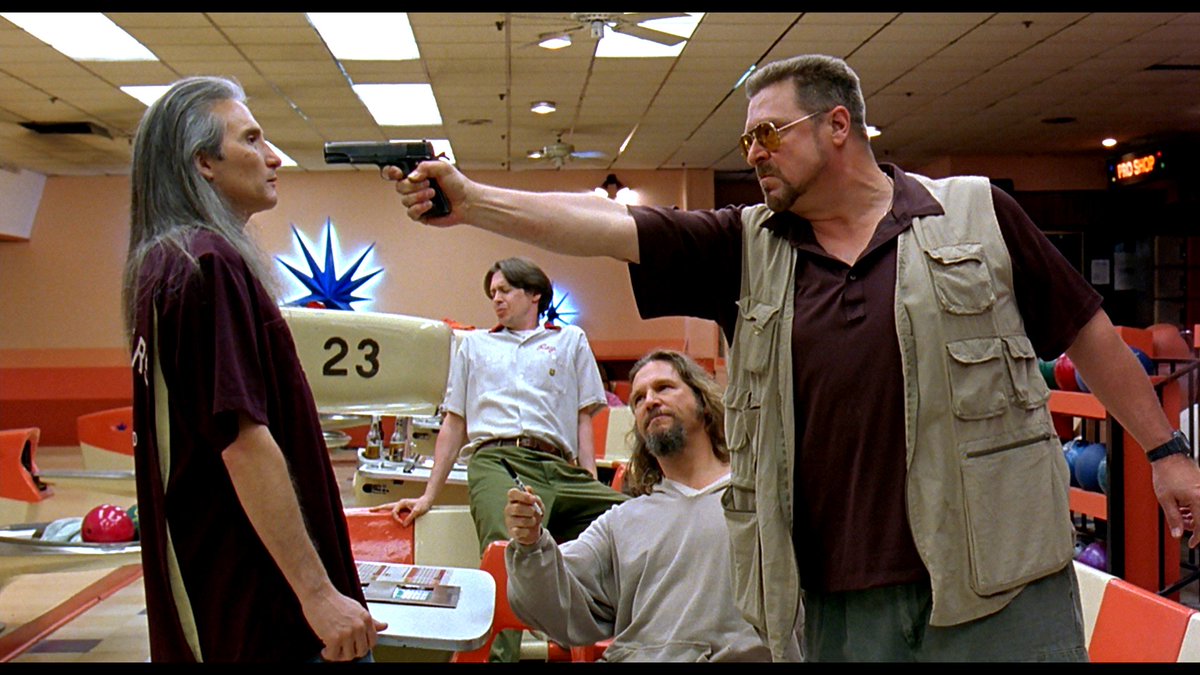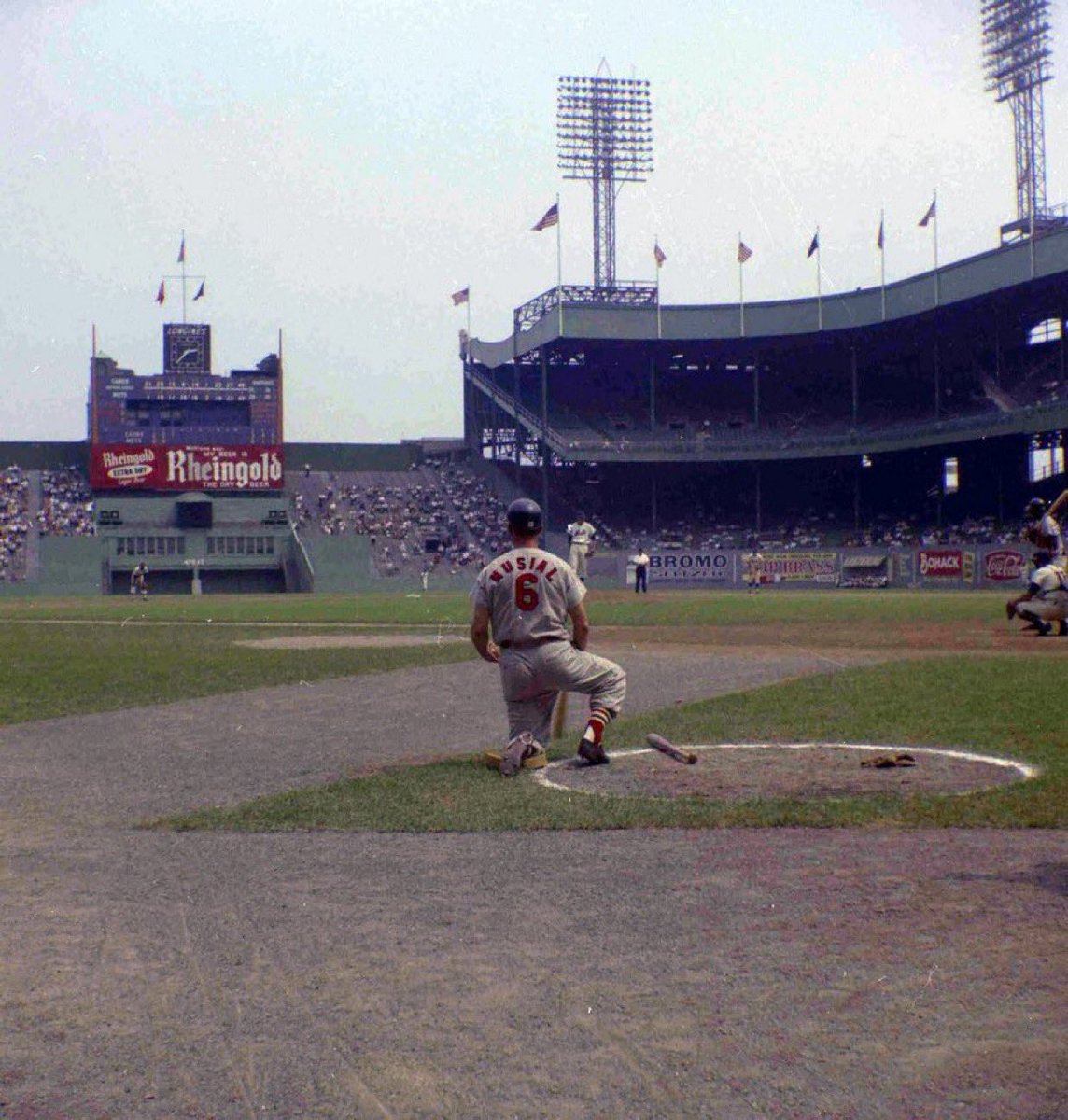This is a revised version of a post I published on this date ten years ago.
On June 18, 1945, at a White House meeting with the Joint Chiefs of
Staff, the Secretary of War and the Secretaries of the Army and Navy,
President Harry Truman approved plans for the invasion of Japan. Along
with the President the other key participants were General George C
Marshall and Admiral Ernest King, Chiefs of Staff for the Army and Navy.



Richard B. Frank's 1999 book, Downfall: The End of the Imperial Japanese Empire, using information that had only become available in the prior decade recasts
our understanding of the events
of the last few months of WWII and the endgame with Japan, culminating
in its surrender on August 14, 1945 (the formal ceremony took place on
the USS Missouri in Tokyo Bay on September 2). These sources include
Russian
archives which became available after the fall of the Soviet Union; the
release, after Emperor Hirohito's death in 1989, of his lengthy account
(dictated in early 1946) of those months; the completion of the Japanese
War History Series and the release of additional American intelligence
information, most importantly, of the Magic Diplomatic
Summaries. The Magic materials were a daily summary of intercepted
Japanese diplomatic cables produced by U.S. intelligence
analysts.
These summaries, distributed to senior American policy makers, provide
us with a new window on the information
they were receiving about Japanese intentions and the contemporaneous interpretations placed on that information.
In recent decades the end of the war has focused on the American
decision to use the newly developed atomic bombs, but Frank's book covers
much broader ground, opening our eyes to a vision of a surprising
counterfactual history in which the U.S. may not have invaded Japan, even
if the bombs had not been dropped and the war had continued beyond
mid-August 1945.
What were Truman and the others thinking about as they entered the meeting room on June 18?
The night before, Truman had written in his diary that the decision whether to "invade Japan [or] bomb and blockade" would be his "hardest decision to date".
The men entering the meeting knew the American public was increasingly war-weary and shocked by the
enormous casualties of the past year. In the first 30 months of WWII,
the U.S. suffered 91,000 battle deaths, an average of about 3,000 a
month. With the D-Day landings in France and the
American assault on Saipan in the Pacific in June 1944, the toll accelerated. During
the next twelve months, 196,000 Americans died in combat, an average of
more than 16,000 a month (1).
With the end of the European war in May, public pressure to start
bringing the troops home was increasing, though a poll that month found
the U.S. public still preferring unconditional surrender to a negotiated
end to the war by a margin of 9 to 1.
In
early 1945 the Pacific war grew even more horrendous as we approached
Japan. On the 8-square miles of Iwo Jima over five weeks in
February and March 1945, 7,000 Americans died and 17,000 were wounded
fighting 21,000 Japanese soldiers; the desperate nature of
the fighting captured in the words of General Graves Erskine at the
dedication of the 3rd Marine Division Cemetery on Iwo:
"Victory
was never in doubt . . . What was in doubt, in all our minds, was
whether there would be any of us left to dedicate our cemetery at the
end, or whether the last Marine would die knocking out the last Japanese
gun and gunner."
Iwo was followed on
April 1 by the American landing on Okinawa. In the next ten weeks
another 50,000
American soldiers and sailors were killed or wounded in the course of
eliminating a
Japanese garrison of 92,000 in a struggle that came to resemble the
trench warfare of WWI, the grinding and unrelenting nature of which had
also resulted in thousands of additional psychiatric casualties.


For
a better idea of what the awful fighting conditions read
With The Old Breed: From Peleliu To Okinawa, Marine veteran E.B. Sledge'
s unforgettable account of combat on the hillsides
under continuous shelling amidst the mud and broken bodies. Along with
these campaigns significant fighting continued in the
Philippines, at sea, and in smaller operations on islands across the
Pacific as well as by our British, Australian and New Zealand allies
engaged across the Pacific and in Burma.
Along with the
weariness, the increasing toll from these battles enraged American
civilians and soldiers. Many accounts by American soldiers bitterly
reflect
on the senselessness of what the Japanese army was doing - they had clearly
lost the war by this point - why sacrifice themselves and cause more Americans to die in the process? There had been great
anger against Japan since the start of the war, triggered by the
surprise attack at Pearl Harbor, and amplified by increasing reports of atrocities
against American prisoners (according to polling data public anger
against the Germans was less until the discovery of the Nazi death camps
at the end of the war). Now it was being ratcheted up even further as
thousands of Americans died needlessly because the Japanese could not
recognize they had lost the war, inducing a high degree of
fatalism among the U.S. soldiers who were told that summer they would be
part of the invasion force.
Those meeting on June 18 knew the Allied policy was
unconditional surrender for Japan as set by FDR and Churchill at the
Casablanca Conference in 1943.
They knew that the Magic Summaries showed no Japanese government disposition for peace on these terms, and that the military members who dominated the cabinet still hoped that enough casualties could be inflicted upon the invading Americans so a peace, more favorable to Japan, could be negotiated.
They
knew that Japan still had 2 million military personnel stationed
outside Japan, scattered across Pacific islands, New Guinea, the Dutch
East Indies, China, Korea, Burma and Indochina and they wanted to force a
formal surrender by the Japanese government to avoid years of piecemeal
fighting with each of these isolated forces.
At the
June 18 meeting the broad strategy for the invasion of Japan was set
out, and approval given to initiate formal planning for the invasions. The first landings would be on the island of Kyushu, the
southernmost of the four main Japanese homeland islands, on November 1.
Kyushu's seizure was required so that the Air Force could build
the airfields needed for the fighter aircraft to provide air cover for
the climactic landing on the Honshu plain near Tokyo planned for March
1, 1946.

Truman
was told the military planners assumed that about 760,000 American
troops would face 350,000 Japanese on Kyushu supported by about
2500-3000 aircraft. Although the Joint Chiefs unanimously supported
this decision, the President
was not told that the Navy, unlike
the Army, did not believe an invasion would ultimately be needed and
that in Admiral King was only supporting preparations for the
landing on Kyushu. King believed a blockade and aerial bombing would
bring about surrender. His Pacific commander,
Admiral Nimitz,
had recently told King he had changed his mind about supporting the
invasion
"after further experience in fighting against Japanese forces".
Six weeks later, American intelligence had assembled a completely
different picture of what awaited on Kyushu. The Japanese Army had
figured out that the American landing would be on the island and bet
everything on a strategy of inflicting maximum casualties in order to
achieve a negotiated settlement to the war, involving preservation of
the Emperor, no Allied occupation of Japan, and retaining at least some
portions of Japan's overseas empire. What had changed in those few
weeks?
- Instead of 350,000 troops, American intelligence now estimated there
would be 650,000 (it was discovered after the end of the war that
the Japanese had actually packed 900,000 troops onto the island), and the Japanese had identified the specific American landing beaches.

- Instead of 2500-3000 aircraft, the Japanese had between 6,000 and
10,000 and were going to employ many of them in waves of kamikaze
attacks against vulnerable transport ships packed with thousands of
American troops (the Okinawa kamikaze attacks, which cost the lives of 5,000 Americans, had been on warships)

- The entire civilian population of the island had been mobilized,
armed (in some cases just with hoes and spades) and trained to attack
the American soldiers when they came ashore, creating a situation where
the U.S. military would be unable to distinguish between soldiers and
civilians, resulting in enormous casualties on both sides.
- The Japanese military had issued orders to kill all Allied prisoners of war once the American invasion started.
During these weeks the Magic Diplomatic Summaries
indicated no improvement in the prospects of a peace offer from Japan on
Allied terms. An enormous literature on this topic has been created
over the past half-century. For a time in the 1960s and 1970s,
revisionist historians held the high ground with claims that Truman and
company ignored Japanese peace overtures because of concerns about the
rising power of the Soviet Union, leading to the use of the bomb as an intimidation move against the Russians. As more documents and information have become available,
along with revelations of how some revisionist historians distorted and
cherry-picked existing data, the tide of revisionism has receded.
Without rehashing the entire saga, suffice it to say that Japan's
foreign minister admitted after the war that the Cabinet never agreed on
a specific route for terminating the war, and the Magic intercepts
revealed a series of communications between the government at home and
its ambassadors that were confusing in many respects but always clear in
one: unconditional surrender was unacceptable and future events (i.e,
casualties inflicted on Americans during the anticipated invasion) might
lead to termination of the war on more favorable terms. For those
interested in knowing more about the rise and fall of revisionism read
this scholarly paper.
According to Franks, the new intelligence would have led Admiral King to withdraw his support for the
Kyushu landing, precipitating a new strategic review by President Truman
in the second half of August, particularly in light of the President's
concern over American casualties, if the war had not ended on August 14
after the bombing of Hiroshima (August 6) and Nagasaki (August 9) and
the entry of the Soviet Union into the war on August 8.
At
the same time, the Air Force had come up with a new approach to
strategic bombing that it planned to implement in September 1945. Unlike the
massive incendiary attacks which burned down large parts of Japan's
biggest cities

between March and June, the new campaign focused on a small
number of key rail yards, bridges, tunnels and ferries. The Air Force
had finally realized that with Japan's poor, and mostly unpaved, road network,
the distribution of food supplies could be paralyzed by disrupting fewer
than 100 rail and shipping locations. With Japan's population already
on the brink of starvation, the effect of this campaign would have been
catastrophic. It was already so bad that, even with the war
ending in August, as late as March 1946 the average daily ration for
Tokyo civilians, nominally only 1,042 calories was, in reality, closer
to 800 calories, and starvation only avoided by massive U.S. food
supplies.
This strategic review
would have provoked intense controversy within the Administration since
the U.S. Army was still committed to the invasion strategy. There is no
indication that Truman ever knew of the new intelligence on the
Japanese military buildup on Kyushu or of the new Air Force bombing plan,
and with the end of the war it was not necessary to raise the issue to
the Presidential level.
All of this creates a
hypothetical future where no American invasion of Japan occurs even if
the war went on beyond mid-August. The likely results:
- Continued American blockade of the Japan home islands and complete
disruption of the food supply by the Air Force bombing campaign inducing
famine in the civilian population.
- The invasion of lightly defended Hokkaido (the northernmost home island of Japan) by the
Soviets in September 1945 - one of the revelations from the opening of
the Soviet archives in the 1990s.
- The British proceeding with their planned amphibious landing in
Malaya, scheduled for early September, and incurring heavy casualties
against Japanese forces who had anticipated the landings.
- Continued fighting in the Philippines, on smaller islands across the Pacific, and in China.
- Huge death tolls of Asian civilians under Japanese occupation
(primarily in China and secondarily in Southeast Asia), estimated to be
100,000 to 250,000 a month from famine, disease, imprisonment and execution.
The question is how long could Japan have survived in this scenario and
whether the ending would be an organized surrender of all Japanese military forces or a
disorganized collapse in which scattered fighting continued across the
Pacific and mainland Asia.
The end of the Pacific war, just as that of the European war, would have been grim under any scenario.
This post only begins to touch on the issues impacting the end of the war and covered in detail in Downfall.
Frank discusses the Soviet attack on Japan in Manchuria and its impact
on the Japanese government, the lead up to, and the impact of, the
Hiroshima and Nagasaki attacks, Japanese cabinet deliberations and
debates over peace terms, the controversy over American casualty
estimates for the invasion (for an excellent summary of the complex history and methodology of the casualty estimates read "A Score of Bloody Okinawas and Iwo Jimas" by DM Giangreco in Hiroshima In History, edited by Robert James Maddox (2007)) and the nuts and bolts of U.S. and Japanese
military operational planning.
The book is
thought provoking, giving the reader a greater appreciation of the
information decision makers had available, the different paths that
could have been followed and the consequences that would have flowed
from them. It is particularly valuable in conveying what it is like to
have to make decisions affecting the lives of millions with only the
information you have available at the time and without the advantage of
hindsight.
It strikes THC that these events would be a terrific instructional tool
for students and others regarding real-life contingencies and
decision-making. A course where students were assigned roles in the
American civilian and military hierarchy and then fed information as it
became available and asked to make decisions based on the available
information would make for a memorable learning experience, and would
probably be humbling and sobering to those who think everything looks as
clear to the participants at the time as it does to others in
hindsight. It could be done in two parts - the first based upon what we
know happened through the decisions to drop the atomic bombs and accept
the continued role of Emperor Hirohito and a second based on a scenario
where the bombs are not dropped and the war continues. Most
importantly, those participating should be challenged along the way by
the instructor(s) but not led to any predetermined outcome.
----------------------------------------
(1) 196,000 is double
the total number of American combat fatalities in the 80 years since 1945
including Korea, Vietnam, The Gulf War, Iraq and Afghanistan.







 Here's the opening:
Here's the opening:






